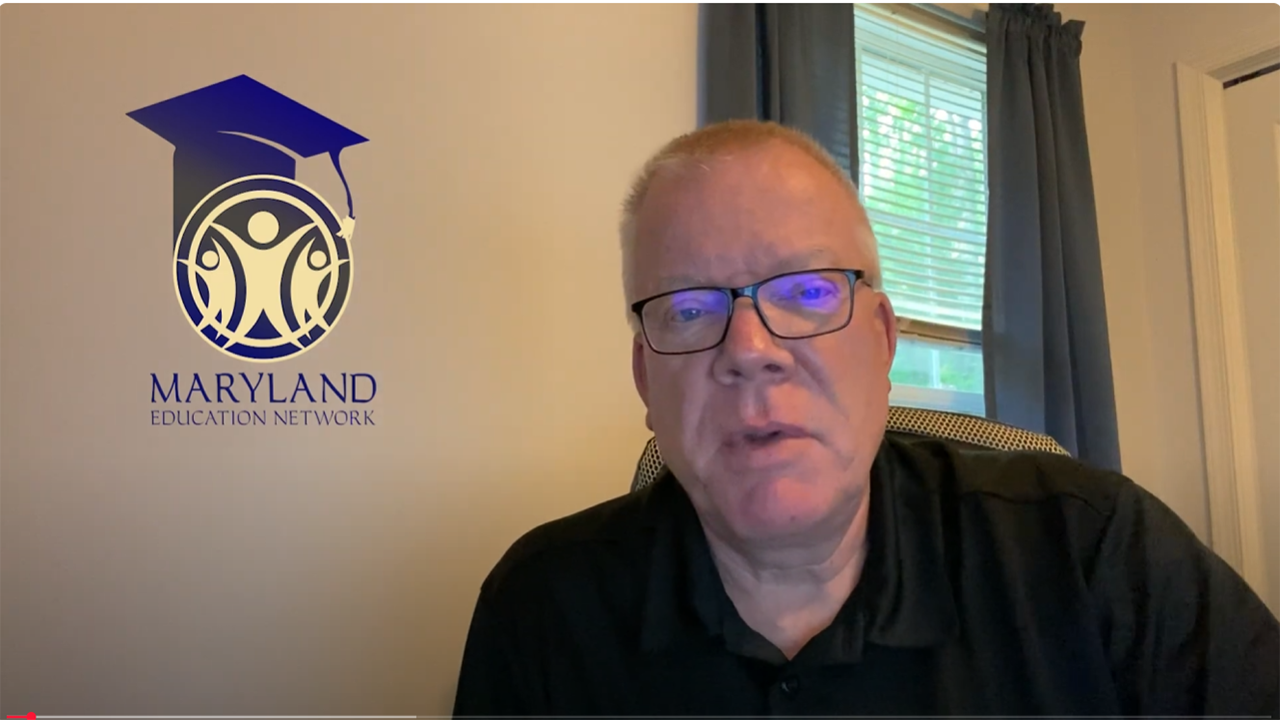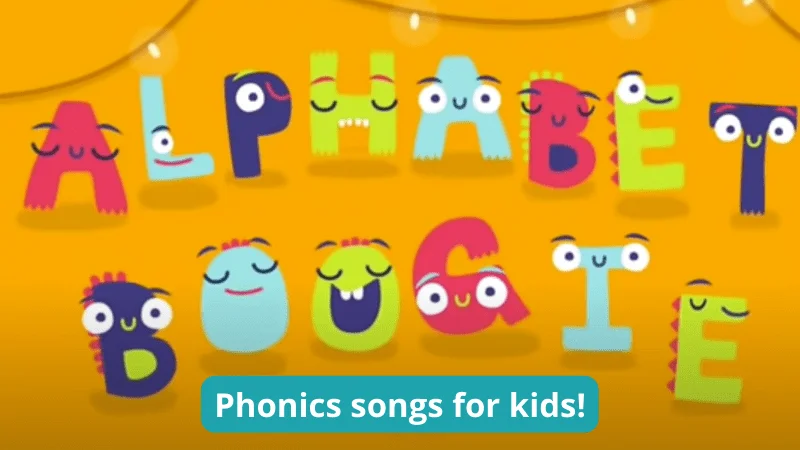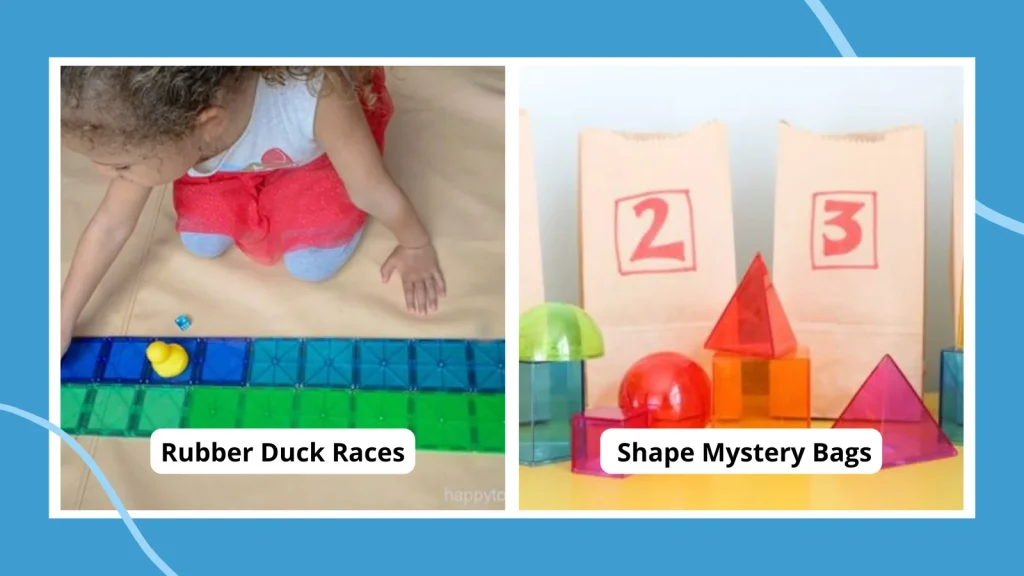
What Is Phonemic Awareness? A Guide for Teachers and Families
Through many enlightening scientific studies in literacy development, we now have a much better understanding of how our brains learn to read. So many different elements have to come together to make it work—it’s remarkable when you think about it! One of these non-negotiable elements in the early literacy process is manipulating and distinguishing between the sounds in words, also known as phonemic awareness. Chances are you’ve heard of it, but you might have some questions. We’ll cover what you need to know as we dive deep into this critical part of acquiring reading and writing skills.
What is a phoneme?
First, let’s talk phonemes. A phoneme is the smallest unit of sound in a word. For example, in the word “cat,” there are three phonemes, or three units of sound, /c/ /a/ /t/. Likewise in the word “night,” there are also three phonemes, even though there are five letters, or graphemes. A phoneme isn’t the same thing as a letter. Instead, it’s the sound a letter or letters make. /igh/ makes the long I sound, so it’s only one phoneme.

Jillian Marshall
A good rule of thumb is that phonemic awareness is mostly oral, while phonics deals with the letters or print you can see.
Let’s try it! Can you count the number of phonemes in these words? (Hint: It helps to close your eyes when you say the words aloud so you don’t get stuck on the number of letters.)

Jillian Marshall
(Answers: 3, 5, 2)
Why do we need to teach phonemic awareness?
It’s important to teach early readers that words are made up of phonemes and that we can break them apart and blend them together to make words. Without grasping this essential concept, students will struggle to decode. Instead, they might rely on memorization when they read. Of course, they have to develop a strong understanding of letters too, but both of these are critical building blocks for success in learning to read.

Jillian Marshall
Also, there are 44 distinct sounds in the English language, while there are more than 200 ways to represent those 44 sounds. A little confusing, right? Understanding that words are made up of sounds is not very intuitive. We don’t hear the individual sounds in words when we say them, we hear the word spoken as a unit. Since hearing individual sounds in a word is not necessarily automatic, we have to explicitly teach students the skills they need. Similarly, in order to spell words, you have to be able to segment or take apart sounds in words. Some might need more instruction than others to master it, but all will benefit from the extra practice.
Another consideration that makes phonemic awareness tricky is something called coarticulation. When you say a word out loud, an individual sound often overlaps with the sound right before or after it, making it harder to distinguish.
The International Dyslexia Association offers a detailed guide on the process of developing phonemic awareness. Check it out for deeper understanding and helpful teaching tips.
What about phonological awareness?
You may have heard the terms “phonemic awareness” and “phonological awareness” used interchangeably, but there’s an important distinction between the two. Phonemic awareness falls under the umbrella of the broader skill of phonological awareness, which encompasses the ability to recognize sound parts in spoken language. This includes rhyming and syllables, or bigger chunks in words, while phonemic awareness focuses on the individual sounds. A solid foundation in phonological awareness is necessary for developing strong phonemic awareness.
Want to learn more about the difference between phonemic awareness, phonological awareness, and phonics? Check out this helpful video from Learning at the Primary Pod.
[embedded content]
What are the main components of phonemic awareness?
There are six main features of phonemic awareness. The tasks are progressive, meaning that the higher-level skills require proficiency in each of the previous ones. For example, in order to successfully do phoneme substitution, a student must be capable of doing each of the preceding skills.
Here’s an example of each of these tasks:
Check out this video from Susan Jones for more information about each of the six components and how to teach these specific skills in the classroom:
[embedded content]
How do I teach phonemic awareness?
Now that you know what is it, let’s talk about how to teach it. Most likely, there will be a range of phonemic awareness skills in your class, depending on the grade level and experience of your students. Some students will be able to do these tasks on their own, while others will require more intentional and explicit instruction. While phonemic awareness is most often taught early, older students who have not mastered these skills would greatly benefit from learning them as well.
Assess
Like many things we teach, it’s helpful to start out by finding out what students already know. You can do this by using formal and informal assessments. Really Great Reading, an explicit literacy program, offers a free diagnostic tool to help identify students’ strengths and deficits. Head to their website and fill out this form, click on Phonological Awareness Survey (which includes phonemic awareness assessments), and you’ll receive an email with a copy of the comprehensive assessment.
Make it fun!
Once you know the skills students need to practice, including manipulatives in your instruction is a great way to support developing phonemic awareness skills. Students can use these interactive tools to help them segment and blend sounds in words. On her blog Fun in First, Jodi Southard offers some helpful recommendations for types of manipulatives your students will love. Playdough to Plato also has a detailed lesson plan for how to use the popular Pop-It toy for a fun lesson.
Integrated Daily Practice
Even though phonemic awareness is an important component of learning to read, that doesn’t mean you have to teach it first. In fact, one of the best ways to incorporate it is alongside explicit phonics instruction. Newer research suggests the importance of simultaneously using both to optimize learning for students.

@literacywithbritt/phonemic awareness quote via Instagram
A fun activity called Switch It, from Reading Simplified by Marnie Ginsberg, combines phonics with phonemic awareness. The task incorporates phonemic segmentation and manipulation along with decoding and the alphabetic principle to boost each of these skills.
Teach one or two skills at a time
Students need to have a baseline level of phonemic awareness before they can benefit from integrated instruction. Using a designated tool to work on targeted phonemic awareness skills can get everyone up to speed and doesn’t take up much time. Take a look at these programs for comprehensive instruction:
Heggerty
This program is designed for classroom instruction or intervention. Lessons are targeted and explicit and designed to last 10 to 15 minutes.
Kilpatrick
With extensive information on early literacy development, this book offers comprehensive summaries of research and a step-by-step program to use.
Incorporate activities into centers or small group instruction:
The Florida Center for Reading Research offers great activities for focused phonemic awareness practice, as well as many other literacy skills. You can easily incorporate them into your literacy routine or small group instruction.
Make it consistent
Consider adding extra practice to your morning meeting or other daily routines. Many activities can double as games or transition times. Check out these suggestions from Sarah’s Teaching Snippets for some inspiration.
Whether you decide to invest in a program or take advantage of free online resources, there are so many great ways to support students’ phonemic awareness. Either way, knowing the basics about this important literacy skill will enhance your instruction and set your students up for success.
Want to learn more? Don’t miss:
40 Low-Prep Phonological Awareness Activities
10 Helpful Science of Reading PD Books for Teachers
Which phonemic awareness resources do you use? Tell us in the comments!
Want more articles like this? Be sure to subscribe to our newsletters.
Dig Deeper With Our Longreads
Newsletter Sign up to get our best longform features, investigations, and thought-provoking essays, in your inbox every Sunday.
The MEN was founded by John Huber in the fall of 2020. It was founded to provide a platform for expert opinion and commentary on current issues that directly or indirectly affect education. All opinions are valued and accepted providing they are expressed in a professional manner. The Maryland Education Network consists of Blogs, Videos, and other interaction among the K-12 community.


















